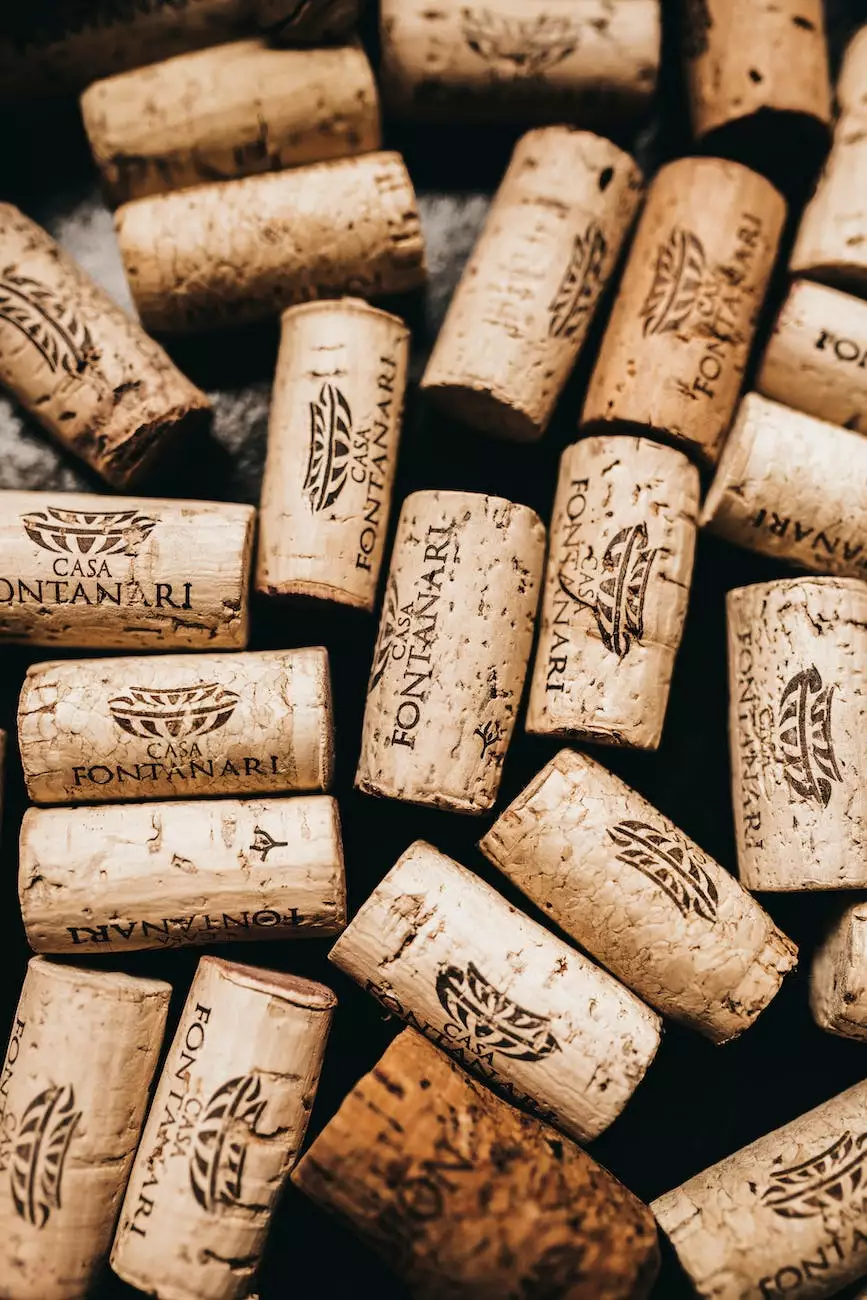How Can We Bring Production-Level Print In-House on a Limited Budget
Production Print Software
Introduction
Welcome to Newton Camera Repair, your trusted partner in all things photography. In this article, we will tackle an important question that many photography enthusiasts ask: how can we bring production-level print in-house without breaking the bank? We understand the desire to have affordable, high-quality print outputs for your photography projects, and we are here to help you achieve just that.
The Importance of In-House Print Production
When it comes to photography, the final print is often the culmination of all your hard work. It allows you to showcase your creativity and truly bring your images to life. Having the ability to produce professional-grade prints in-house not only gives you full control over the output but also saves you time and money in the long run. No more relying on expensive print shops or waiting for external services – you can have complete autonomy over your print production process.
Understanding your Print Needs
Before diving into the world of in-house print production, it's essential to understand your specific requirements. Assess the volume of prints you anticipate producing, the sizes you need, and the desired quality standards. This understanding will help you make informed decisions when selecting the appropriate equipment and processes.
Choosing the Right Printer
An integral part of bringing print production in-house is investing in a reliable printer. There is a multitude of options available on the market, catering to various budgets and print needs. If you are on a limited budget, consider a high-quality inkjet printer that offers excellent color accuracy and fine detail reproduction. Look for models that support the paper sizes you require, and don't forget to compare ink cartridge costs, as these will impact your ongoing expenses.
Tips for Choosing a Printer:
- Research and read reviews before making a purchase.
- Compare prices and features to ensure you get the best value for your money.
- Consider the printer's compatibility with third-party ink suppliers for potential cost savings.
- Look for printers with integrated calibration tools to achieve consistent and accurate prints.
Optimizing your Print Workflow
Efficiently managing your print workflow is key to maximizing productivity and minimizing costs. Here are some tips to streamline your process:
1. Color Calibration
Investing in a color calibration device, such as a colorimeter, can significantly improve the accuracy and consistency of your prints. Regularly calibrating your monitor and printer ensures that what you see on the screen translates accurately to your physical prints.
2. Paper Selection
Choosing the right paper is crucial in achieving professional-grade prints. Experiment with different finishes and weights to find the perfect match for your images. Consider factors like durability, color vibrancy, and archival properties. Opt for reputable brands that offer a range of options within your budget.
3. Print Testing
Before committing to large-scale print runs, it's wise to conduct print tests with smaller sample sizes. This allows you to fine-tune your settings, such as color profiles and paper handling, ensuring optimal results for the final prints.
4. Post-Processing Considerations
Don't overlook the importance of post-processing when it comes to print production. Make necessary adjustments to brightness, contrast, and sharpness to optimize the visual impact of your prints. Familiarize yourself with software tools like Adobe Photoshop or Lightroom for advanced editing capabilities.
Additional Considerations
While bringing production-level print in-house is an exciting endeavor, there are a few additional factors to keep in mind:
Budget-Friendly Ink Options
Ink costs can add up quickly, especially when you regularly produce prints. Research affordable third-party ink options that offer comparable quality to brand-name cartridges. Additionally, consider printing in draft mode for internal or test prints to conserve ink without compromising quality.
Maintenance and Care
Maintaining your printer regularly is essential for its longevity and performance. Follow manufacturer guidelines for cleaning, replacing cartridges, and handling paper to avoid costly repairs or print quality issues.
Knowledge Sharing and Learning
Expand your skills and stay updated with the latest trends by actively participating in photography communities, forums, and workshops. Engaging with fellow photographers and sharing knowledge can help you uncover new techniques, troubleshoot common issues, and gain valuable insights into maximizing your in-house print production.
Conclusion
At Newton Camera Repair, we firmly believe that you can achieve production-level print outputs in-house while adhering to a limited budget. By carefully selecting the right printer, optimizing your print workflow, and considering additional factors, you will be on your way to creating stunning prints that truly reflect your artistic vision. Embrace the freedom and creativity that comes with taking control of your print production process, and let us be your trusted partner along the way. Happy printing!










